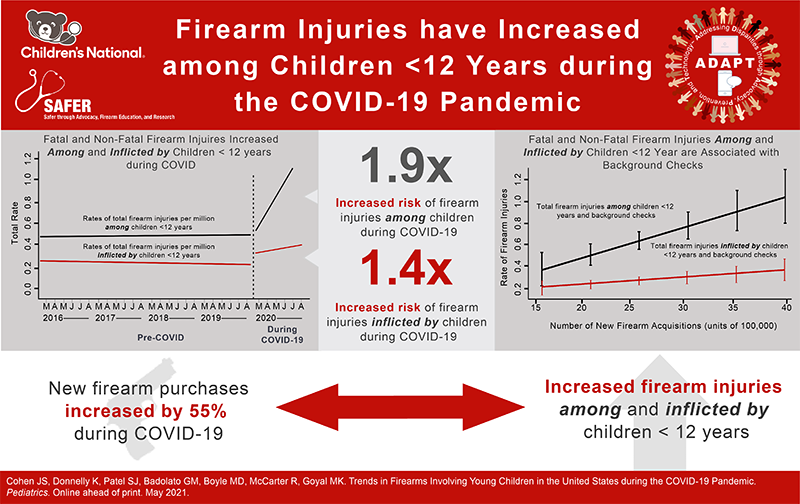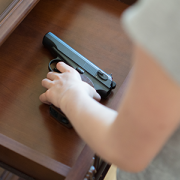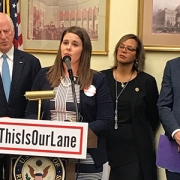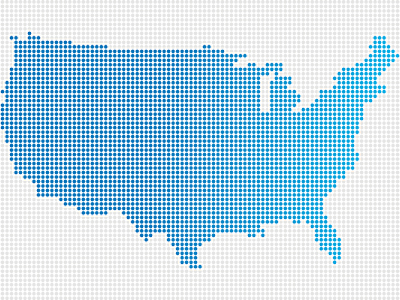Firearm injuries involving young children in the United States during the COVID-19 pandemic
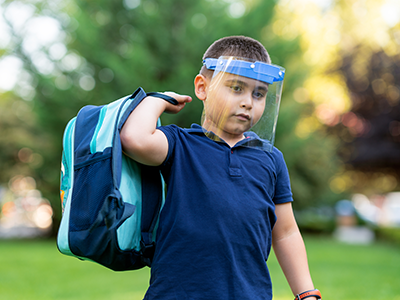
After seeing the surge of firearm injuries in young children and inflicted by young children during the first six months of the COVID-19 pandemic, the study’s experts are saying there is an urgent and critical need for enactment of interventions aimed at preventing firearm injuries and deaths involving children.
A recent study pre-published in Pediatrics found that the COVID-19 pandemic is associated with a surge in fatal and nonfatal firearm injuries both in young children and inflicted by young children, correlating with a rise in firearm acquisitions.
The findings, led by Children’s National Hospital experts, show the risk was higher during the first six months of the COVID-19 pandemic as compared to the pre-COVID period.
“According to the Centers for Disease Control and Prevention, firearms are a leading cause of injury and death among youth,” said Monika K. Goyal, M.D., M.S.C.E., senior author of this study and associate chief of Emergency Medicine and Trauma Services at Children’s National. “The pandemic has led to an increase in these preventable tragedies and it is incumbent upon us as a society to put appropriate measures in place to keep children safe.”
“Increased firearm purchases are one reason we have seen an increase in firearm injuries during the pandemic,” said Joanna S. Cohen, M.D., associate professor of Pediatrics and Emergency Medicine. “Increased purchases are likely related to the political unrest we recently witnessed and increased firearm injuries may be related to children being at home more. Whereas children were in school before, they might be home unsupervised while parents and caretakers are working.”
In addition, there has been an increase in domestic violence over the course of the pandemic which, according to Dr. Cohen, could be a reflection of the stress emerging from financial insecurity, joblessness, illness and other stressors deriving from the pandemic.
After seeing the surge of firearm injuries in young children and inflicted by young children during the first six months of the COVID-19 pandemic, the study’s experts are saying there is an urgent and critical need for enactment of interventions aimed at preventing firearm injuries and deaths involving children.
“There is an urgent need for strategies to prevent further injuries,” Dr. Goyal said. “This includes counseling families on firearm safety at home, having more sensible gun laws and educating the public accordingly.”
In the past, if you were a new gun owner, you would have access to training on how to handle a gun and find safe storage. With all the sheltering in place due to the pandemic, those educational opportunities have fallen by the wayside. “Now you have more people who have become new gun owners but haven’t had the opportunity to get education on safe gun ownership, coinciding with more children staying at home because of the pandemic,” Dr. Goyal said.
The increase in domestic violence could also be a contributing factor. Children are often witnesses to violence at home, Dr. Cohen explained. In many cases, she said, if children see a parent being threatened with a gun, they might model that behavior without fully understanding the implications of holding a gun and the injury it can cause.



